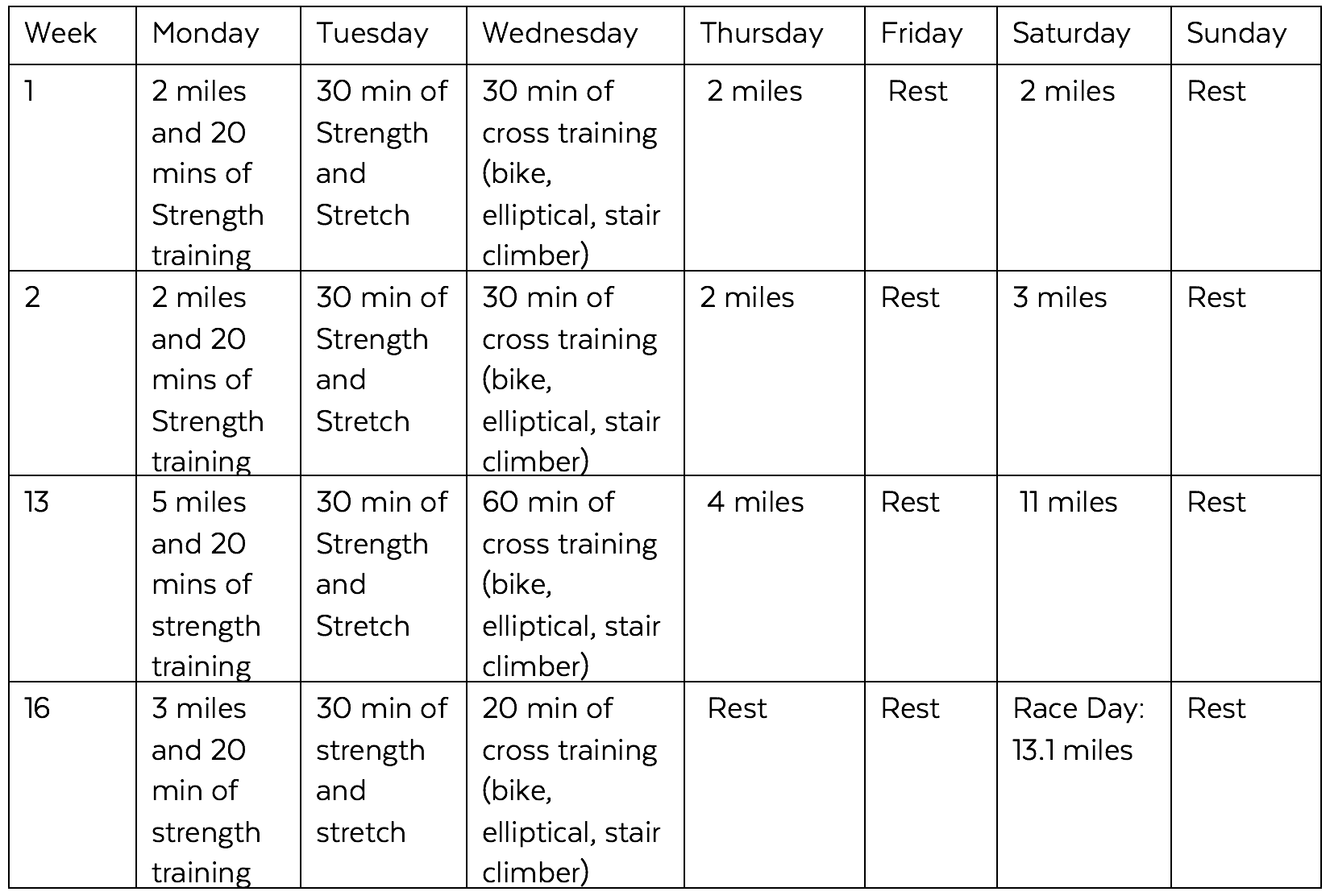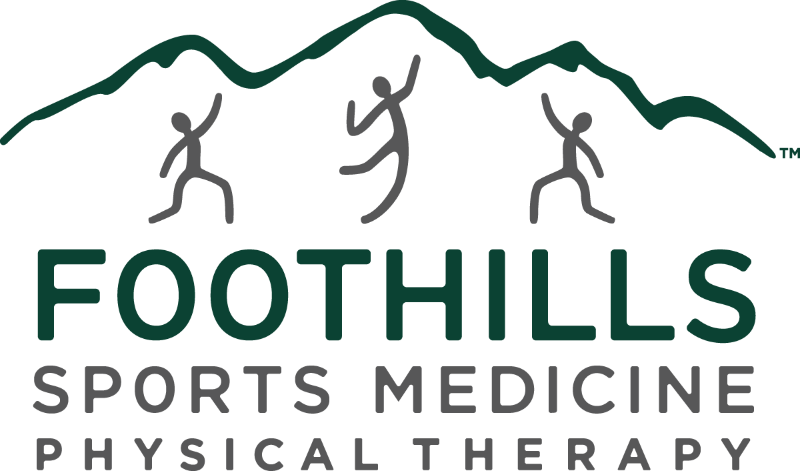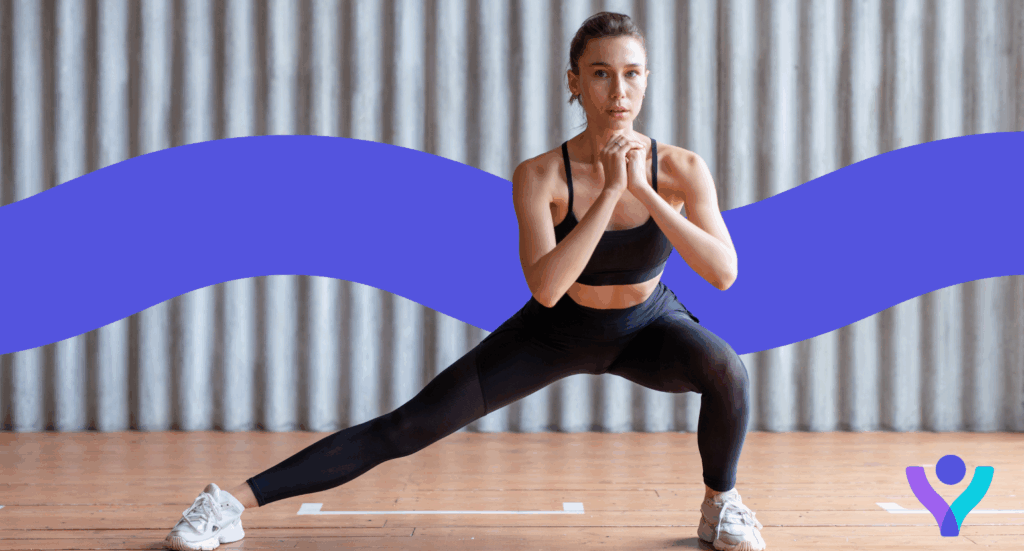Spring is right around the corner and the weather is finally getting back into the 70s and sunny, so it’s time to lace up those running shoes! As someone who crazily decided to do a half marathon as a new year’s resolution (I know, I am one of those), I had to get on a structured running plan.
I feel that a half-marathon is the perfect mileage, 13.1 miles, where you’ll feel accomplished but it’s not too taxing on the body and mind. Starting out I knew I needed enough time to properly adjust to the wear and tear and mileage so I planned for a half-marathon at the end of April and started my training at the end of January. Through my research, I found the best tips and training method for conquering your first half-marathon.
Step 1: Pick the right plan
When selecting a training plan, you want to make sure the program includes an adequate amount of rest and cross-training. This will supplement your running so you don’t overtax the muscles required for running and increase your chance for injury. Here is a sample of my training program but feel free to find one that better suits you and your schedule:

The strength training consisted of upper and lower body split training in a circuit fashion so my body got accustomed to training at higher heart rate ranges followed by stretching and joint mobility exercises. The cross-training days can vary to keeps things from getting too monotonous so I use a variety of modalities usually aiming for the least impactful on the knees such as bike, elliptical, and swimming but the stair climber is always an option. You’ll see as the weeks go on there is a gradual progression of mileage, duration of exercise, and an adequate amount of rest and cross-training.
Step 2: Gear up
Wearing appropriate running shoes is one of the most important aspects of training. Remember that everyone’s foot arches and gait are different so you have to find the best option for you. From my experience, going to a specialty running store to get properly fitted is the best option to find a shoe that fits your needs. Some stores can take a visual analysis of your gait and take a 3D image of your feet to identify the best shoe and arch support to get you through the training process and the race. You will also want to test your clothing such as leggings, socks, and headphones before your race day because you don’t want to run 13 miles with an itch, chaffing, or socks constantly falling down.
Step 3: Nutrition
I will be very broad with nutrition recommendation, but in general, you should prioritize carbohydrates in your diet when on the running plan. This will ensure your muscles have enough glycogen stored to carry you through your runs. Healthy carb sources like whole grains, oatmeal, and fruits can go a long way to keep you fueled up for your runs. Experiment throughout your training regimen to find out what works. Don’t wait until the big race to find out if a food or gel packet gives you stomach issues. In general, try to stay hydrated throughout the day. A good rule of thumb is to consume about six to eight ounces of water before your run. Water should be adequate on runs up to an hour, anything longer you may want to supplement with a sports drink that contains carbohydrates and electrolytes.
These are some tips on how to get started in conquering your first half-marathon. Everybody is different be it age, body composition, and levels of fitness so it is always recommended to get check out with your physician prior to starting any new fitness regimen. If you have any further questions or have a nagging injury that is not going away despite having the right running shoes, reach out to your local Foothills Sports Medicine clinic for a free injury screen.
Training For A Half-Marathon




